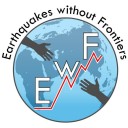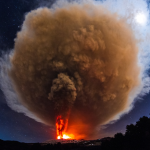COMET staff and scientists work on a wide range or projects in collaboration with national and international partners. These include:
Tomorrow’s Cities aims to catalyse a transition from crisis management to multi-hazard risk-informed planning and decision-making that strengthens the voice and capacity of the urban poor. The project is funded by UK Research and Innovation (UKRI) through the Global Challenges Research Fund (GCRF) – which is a key component in delivering the UK AID strategy and puts UK-led research at the heart of efforts to tackle the United Nations sustainable development goals.

Earthquakes without Frontiers, led by Cambridge University, is an international partnership bringing together Earth scientists, social scientists working on community vulnerability in disaster-prone regions, and experts in communicating scientific knowledge to policy makers. It aims to increase knowledge of earthquake hazards in affected regions and improve resilience.

FutureVolc, led by the University of Iceland and Icelandic Meteorological Office, is a long-term monitoring experiment looking at geologically active regions of Europe that are prone to natural hazards. It is developing the “supersite” concept, integrating space- and ground-based observations to improve monitoring and evaluation of volcanic hazards.

By studying changes in ash composition during an eruption, it will help to understand volcanic processes, particularly magma ascent and fragmentation in volcanic eruptions.



